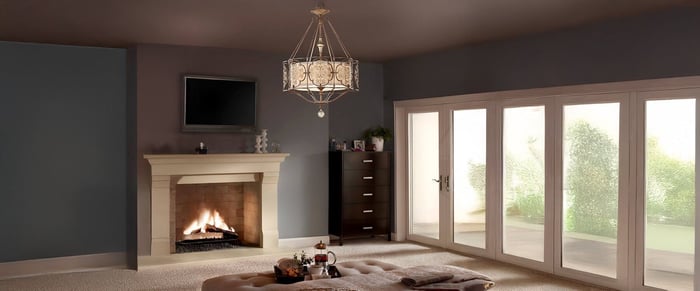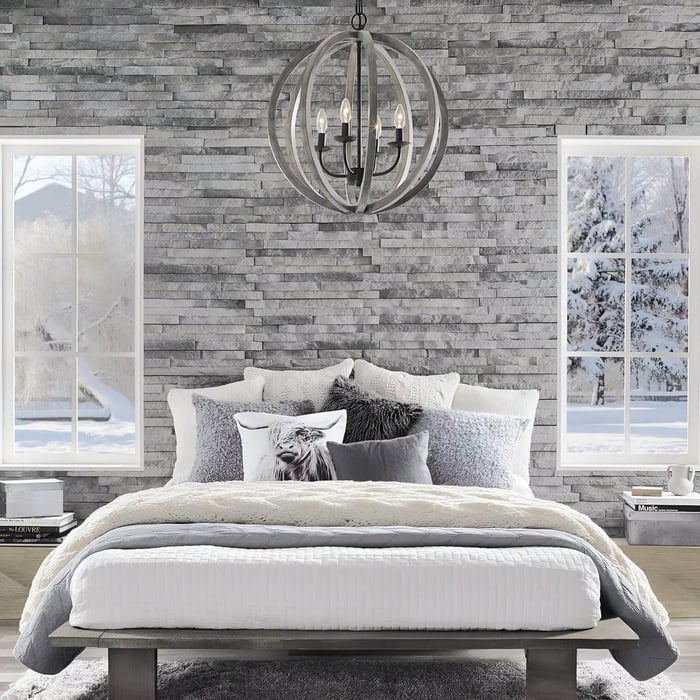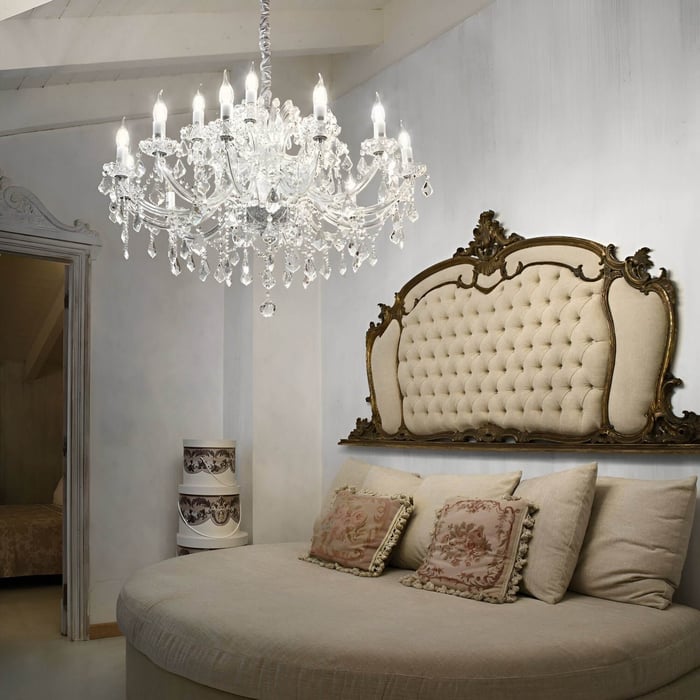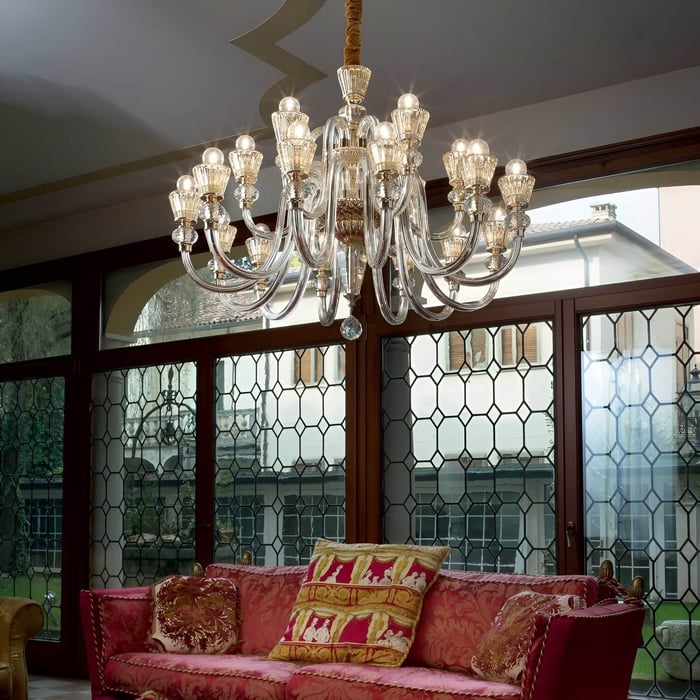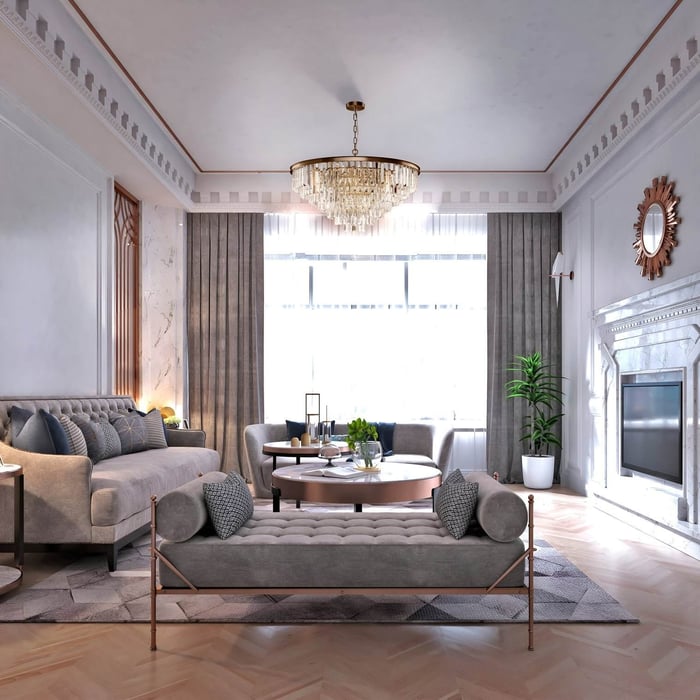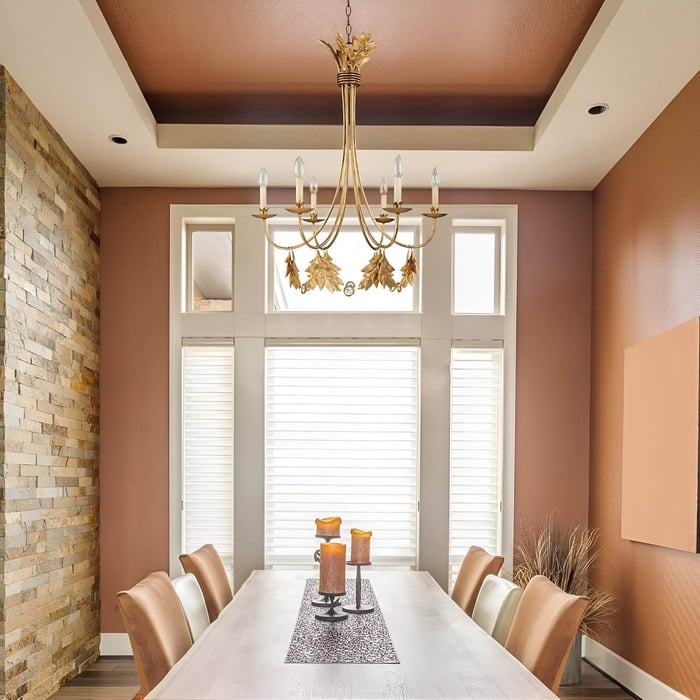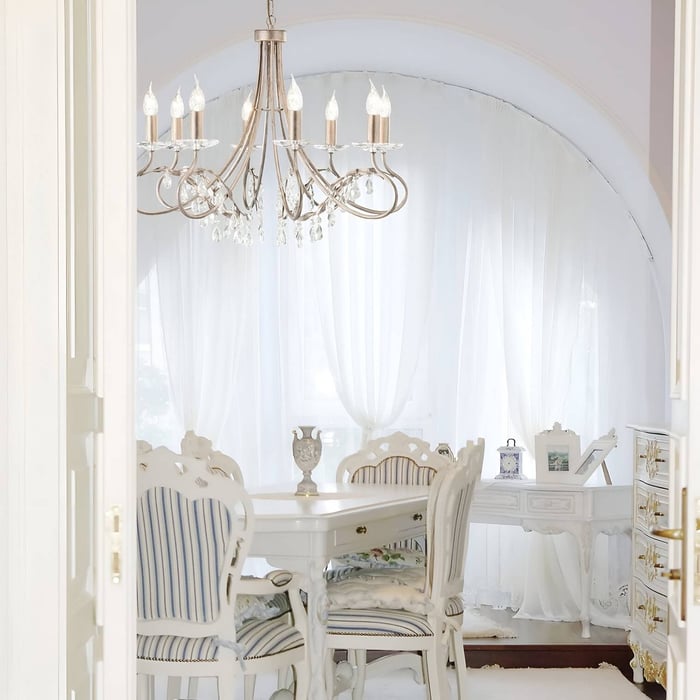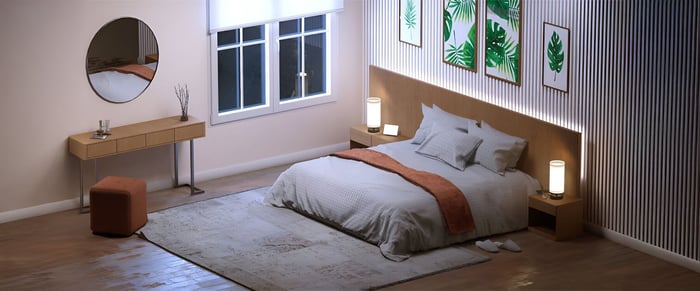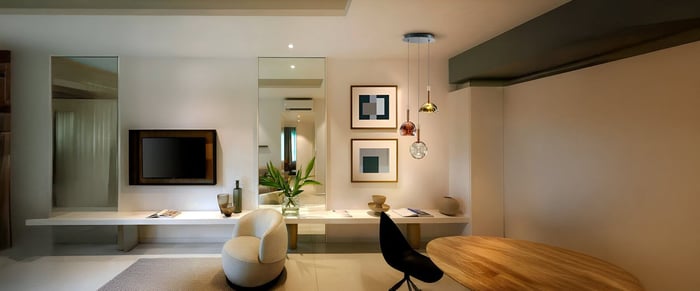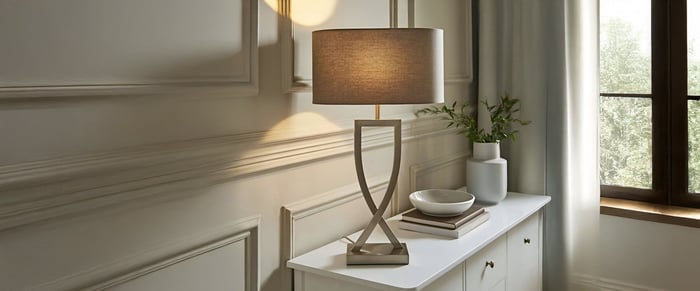Table of Contents
Introduction
Lighting has always been more than functional, it reflects culture, artistry, and aspiration. Few fixtures embody this truth more than traditional chandeliers. From the flickering candlelit iron frames of medieval halls to the glittering crystal masterpieces of royal palaces, chandeliers have symbolized luxury, grandeur, and craftsmanship. Their history stretches back centuries, yet their charm remains alive in today’s homes.
Despite evolving design trends, traditional chandeliers continue to captivate. They blend heritage with versatility, offering timeless beauty for both historic estates and modern interiors. To understand why they endure, it is worth looking back at their origins, their role in society, and the artistry that has made them such enduring symbols of light and elegance.
Origins of Traditional Chandeliers
The earliest chandeliers appeared in the medieval era. They were simple wooden crosses fitted with spikes to hold candles and suspended with chains. Used primarily in monasteries and the great halls of castles, these early designs were functional but marked a new step toward decorative lighting.
As blacksmithing advanced, wrought iron became a preferred material. Iron chandeliers featured circular forms with candleholders around the rim, creating symmetry and balance. Over time, these pieces became not only practical but symbolic of status. Owning a chandelier signaled wealth, as candles themselves were expensive and a mark of prosperity.
These early designs laid the foundation for the elaborate traditional chandeliers that followed in the Renaissance and Baroque periods.
Chandeliers in Palaces and Estates
By the 17th and 18th centuries, chandeliers had transformed from simple candle holders to ornate works of art. In European palaces, crystal chandeliers became the epitome of opulence. Their multifaceted prisms reflected candlelight, filling grand ballrooms and dining halls with a dazzling glow.
Aristocrats and royals commissioned custom chandeliers that incorporated hundreds of crystals, gilded frames, and elaborate candle arms. Versailles in France and Schönbrunn Palace in Austria housed some of the most iconic examples, where chandeliers were not just sources of light but declarations of power and refinement.
At the same time, estates across Europe and later in America adopted more modest versions. Candle chandeliers in brass or bronze adorned dining rooms and libraries, while elaborate crystal chandeliers remained the preserve of the elite. These designs cemented the cultural link between chandeliers and elegance that still defines traditional chandeliers today.
Artisan Craftsmanship and Materials
The artistry behind chandeliers is as important as their form. Glassmakers in Venice, particularly on the island of Murano, pioneered new techniques for shaping glass into arms, pendants, and decorative details. Murano chandeliers stood out for their colorful glass flowers and intricate ornamentation.
In Bohemia (now part of the Czech Republic), crystal cutting reached new heights. The clarity and brilliance of Bohemian crystal became highly sought after, giving rise to chandeliers that sparkled with unmatched brilliance.
Ironworkers and bronze casters also played key roles, shaping elaborate frames that balanced structural strength with decorative flourish. Each chandelier was not just a fixture but a handcrafted piece of art, blending metalwork, glasswork, and design innovation. This dedication to detail continues to define the quality of traditional chandeliers crafted by artisans today.
Cultural Significance Around the World
While European palaces popularized crystal and candle chandeliers, other regions developed their own interpretations.
Middle Eastern Design: In Ottoman palaces, chandeliers incorporated metalwork and glass elements influenced by Islamic art, often featuring intricate patterns and geometric symmetry.
Asian Influences: In China, traditional lantern-inspired designs blended with chandelier forms, adding painted glass or silk shades to soften candlelight.
Colonial Adaptations: As chandeliers spread to the Americas, they became symbols of refinement in colonial mansions and plantation homes, often crafted with simpler materials like tin or brass.
This global exchange enriched the heritage of chandelier design. Today, these diverse cultural traditions inform many contemporary reinterpretations of traditional chandeliers, making them adaptable to a wide range of interiors.
Why Traditional Chandeliers Remain Timeless
Even as technology advances, traditional chandeliers hold their place in modern homes. Their enduring appeal lies in a combination of heritage, beauty, and adaptability.
Key Features That Last
Crystal Prisms: Their ability to catch and scatter light creates a sense of drama unmatched by other fixtures.
Candle Arms: Even when fitted with modern bulbs, candle-style arms preserve the romantic glow of their historic origins.
Wrought Iron Frames: Strong yet decorative, iron brings rustic charm that resonates in both historic and modern interiors.
Modern Adaptations
Chandeliers now integrate LED bulbs, offering efficiency without compromising the classic look.
Dimmers and smart controls allow homeowners to adjust brightness for different moods.
Scaled-down versions make chandeliers accessible for smaller spaces, from bedrooms to entryways.
By blending historical design with modern technology, traditional chandeliers continue to serve as centerpieces in both classic and contemporary interiors. They symbolize continuity, connecting the grandeur of the past with the practicality of the present.
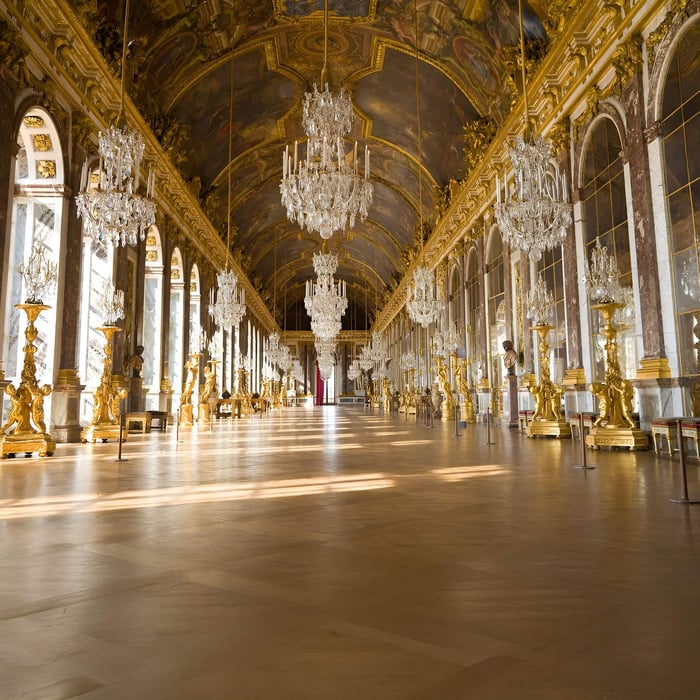
Iconic Examples of Heritage Chandeliers
To understand their impact, consider some famous chandeliers that embody history and artistry:
Versailles Hall of Mirrors, France: Dozens of grand crystal chandeliers illuminate the palace’s most iconic room.
The Metropolitan Opera, New York: Its dazzling Sputnik chandeliers, though modernist, draw inspiration from the grandeur of crystal predecessors.
Dolmabahçe Palace, Turkey: Home to one of the world’s largest chandeliers, weighing over four tons and made from thousands of crystal pieces.
These examples show how chandeliers transcend time, linking centuries of craftsmanship with cultural identity.
Conclusion
The journey of chandeliers is one of artistry, heritage, and timeless design. From wooden crosses in medieval halls to glittering crystal masterpieces in royal palaces, they have evolved alongside architecture and culture. Their craftsmanship, cultural symbolism, and ability to adapt have made them more than just light fixtures, they are icons of elegance.
Today, traditional chandeliers remain as relevant as ever. Suspended above a dining table, gracing a modern foyer, or adding drama to a bedroom, they bridge history and contemporary living. Their enduring beauty proves that great design never truly goes out of style. With the right choice, a chandelier does more than light a room, it elevates it into an experience.
FAQs
What are traditional chandeliers?
Traditional chandeliers are classic lighting fixtures that often feature crystal prisms, candle-style arms, or wrought iron frames. They draw inspiration from historic designs used in castles, estates, and palaces.
Why were chandeliers important in history?
Chandeliers symbolized wealth and status. In palaces and estates, elaborate crystal and candle chandeliers showcased luxury, artistry, and the power of their owners.
What materials are common in traditional chandeliers?
Common materials include crystal, glass, wrought iron, brass, and bronze. These materials reflect centuries of artisan craftsmanship and durability.
Can traditional chandeliers work in modern homes?
Yes. Many designs are scaled down for smaller rooms, use energy-efficient LED bulbs, and feature dimmer or smart controls while preserving their classic look.
What makes traditional chandeliers timeless?
Their blend of heritage design, craftsmanship, and adaptability ensures they remain elegant centerpieces in both historic and contemporary interiors.
